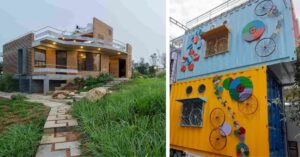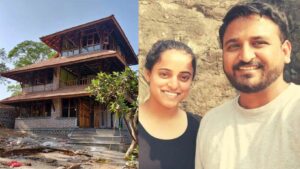Over 1 Lakh Buildings in 3 Decades: Meet The Kerala Architect Pioneering Sustainability
From constructing the first township built with green building technology in India in 1995 to the largest earth building in the world in Bangladesh in 2006, Architect Shankar has taken on the cause of sustainable architecture with his blood, sweat and tears, battling hostile contractors, the establishment and naysayers.
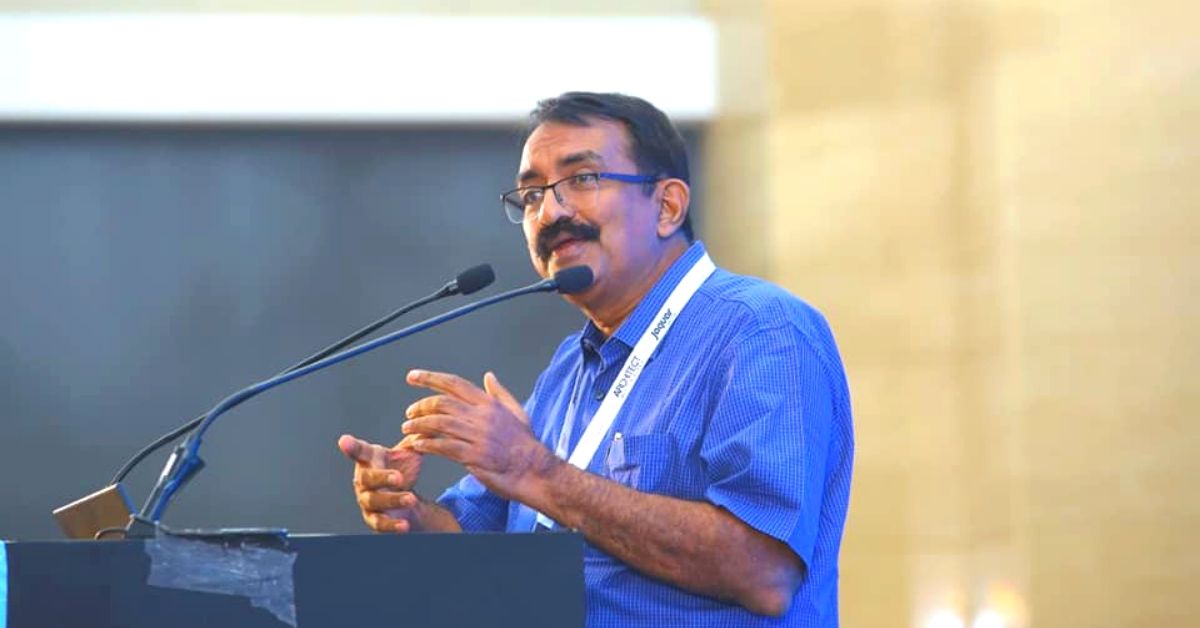
For over three decades, Padma Shri recipient Gopal Shankar has been at the forefront of sustainable architecture in not just India, but around the world.
Starting the Habitat Technology Group, the largest non-profit in the shelter sector in India committed to sustainable building solutions, cost-efficient, community-driven and eco-friendly architecture, Architect Shankar has been at the forefront of constructing nearly 1 million mass housing units (and over 100,000 green buildings) in more than five countries.
From constructing the first township built with green building technology in India, which contains 600 houses, a community centre and temple, in Sirumugai, Coimbatore in 1995 to the largest earth building in the world measuring over 600,000 square feet in Bangladesh in 2006, Architect Shankar has religiously taken on the cause of sustainable architecture with his blood, sweat and tears, battling hostile contractors, the establishment and naysayers.
More importantly, however, from his office in Thiruvananthapuram, Kerala, he has empowered those living on the margins to build quality homes with their meagre resources. Today, vegetable vendors and traditional fishermen in the city come to his office to design their homes. The masses of this country have an architect they can approach.
Origins
Born in present-day Tanzania (East Africa), Architect Shankar’s father was stationed as a civil servant for the British colonial administration. His mother, who came from a small village in Central Kerala, was a Swahili teacher.
However, just years after the country attained Independence under the leadership of Julius Nyerere, his parents were given the option of migrating to England. However, unlike a majority Indian origin residents at the time, his father chose to come back to India.
The family first moved to a small town in Central Kerala, before permanently moving to Thiruvananthapuram. Obtaining his basic degree in architecture from the College of Engineering, Kerala University, he went on to finish his Master’s degree in Housing from Birmingham School of Architecture, United Kingdom.
Early struggles
“When my family came back to Kerala, I had two issues. One, I had a serious speech impediment, and would stammer while talking. I also felt a profound sense of loneliness because I didn’t understand Malayalam at the time. However, writing letters on the mud floor of our courtyard, I mastered the language in just one year, although speech did remain a concern,” says Architect G Shankar, in an exclusive conversation with The Better India (TBI).
A prodigy in school, he acquired a real interest in existential philosophy when he was just a 12-year-old. Reading the Malayalam translation of Albert Camus, Jean Paul Sartre, and other writers of the existentialist school, it had a profound effect on him.
“Even today, I abide by the dictum, ‘Life is that which decomposes at every moment; it is a monotonous loss of light, an insipid dissolution, without sceptres, without glories, without haloes.’ This has actually defined my journey. However, at that age, there was also a real zest for life. I was caught in this philosophical conflict very early. For a few months, I had even stopped studying and going to school despite topping various state-level school exams. Fortunately, my parents got wind of the situation and brought me back to school,” he recalls.
What brought him out of this quagmire was joining the Kerala Sasthra Sahithya Parishad, a voluntary organisation working towards spreading the benefits of science and rational thought to the people. He would visit the homes of uneducated people to teach them how to read and write. As a middle-school boy, he would go to the local market selling low-cost smokeless chulhas to the poor.
“Coming from a middle-class family, this experience was my first interface with the marginalised, deprived and the dispossessed. It was a defining experience. At the age of 12, I was already closer to people who didn’t have a meaningful tomorrow. As part of the literacy movement, I would visit the homes of traditional fishermen, eat and live with them and educate them after they came back from work,” recalls Architect Shankar.
At the age of 13, Shankar made the decision that whatever he did later in life should result in a meaningful intervention for people living on the margins. Something, which paved the way forward for Shankar towards architecture.
“It was through architecture that I could reach out to millions of people and hold hands with them. It was the better engineering discipline for me,” he adds.
Propelling this spirit forward at the time was legendary Lawrence Wilfred “Laurie” Baker, a British-born Indian architect and pioneer of sustainable architecture in India.
“I was fortunate to grow up watching and studying Laurie Baker’s buildings. Even at my age today, I continue to get inspired by his buildings, despite massive differences of opinion on architectural design. Having said that, he was on the right track. He was one person who understood India and brought Indianess into our structures with an emphasis on the local. We needed a man from England to disseminate Gandhian values to Indian architecture. I always consider him a mentor, despite never working with him,” he says.
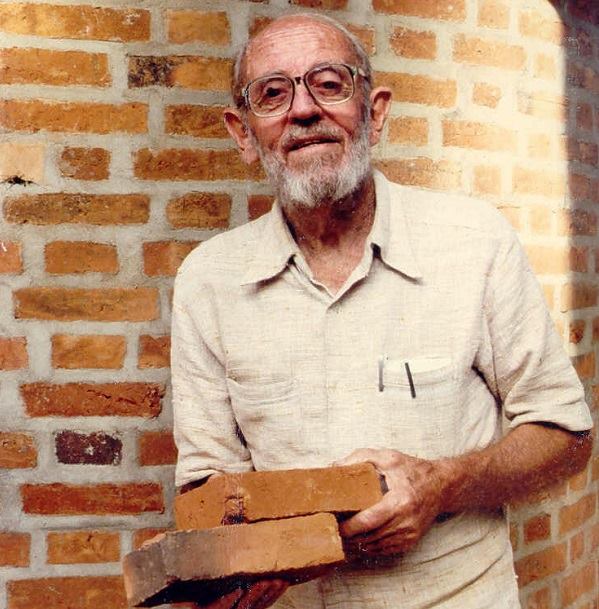
For Architect Shankar, the design of any building must rest on some fundamental people-centred and value based parameters—eco sensitivity, cost efficiency, energy efficiency and disaster mitigant. This naturally translates into how he selects his material and equipment.
“My focus is on the local availability of any material. This is fundamental and the platform upon which you develop a sustainable design. Local materials and resources are critical components of sustainable development. With local material comes utilising local capacities to build the structure. Another key factor is eco-sensitivity. Any material that does not fit this mould is unacceptable. Finally, the material needs to be both energy and cost efficient as well. These are the basic factors I take into account. When I build in Kerala, for instance, I look at bamboo because it’s locally found and meets my strength requirements. It is a significant replacement for steel, matching its tensile strength,” he says.
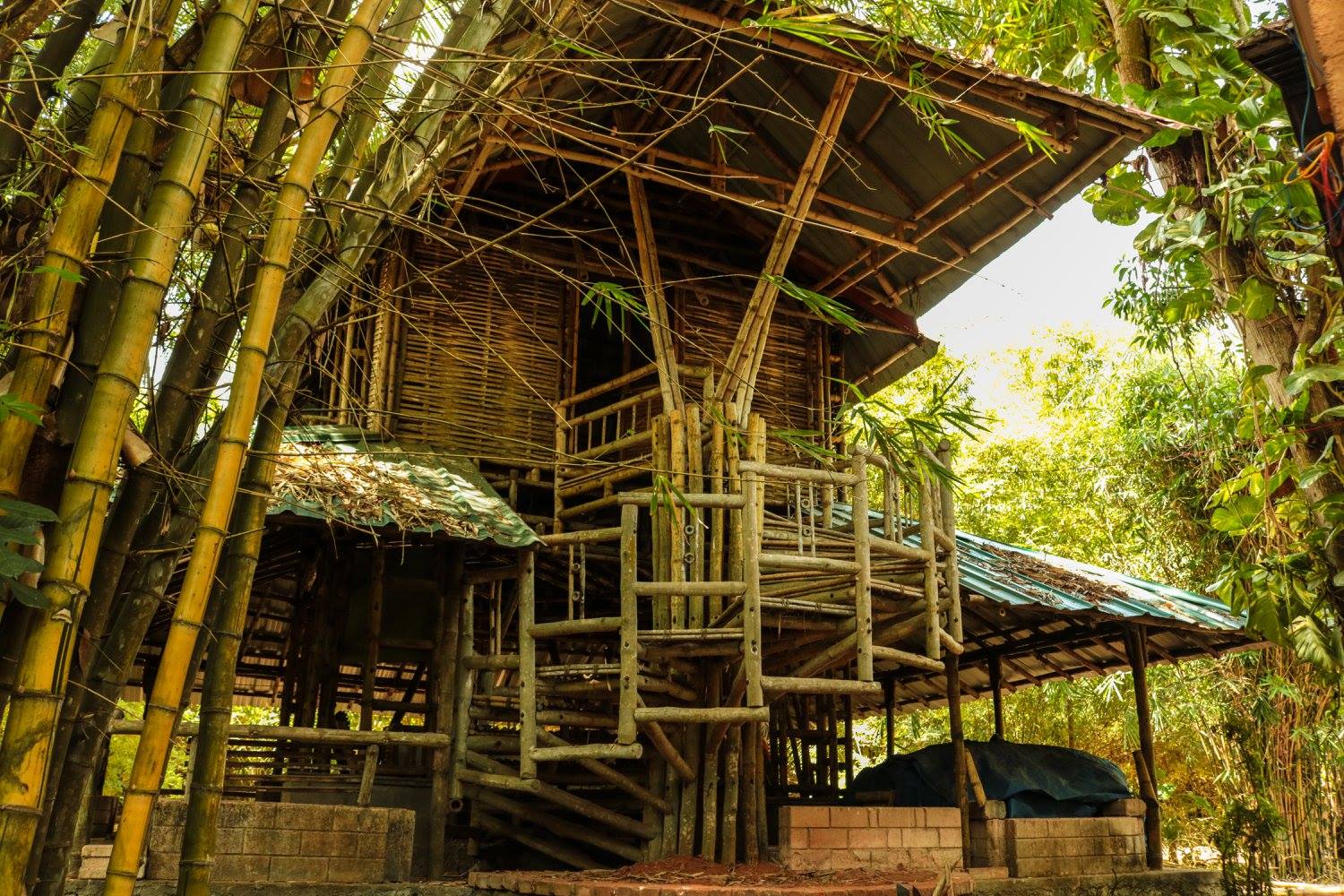
“See, cement and steel eat up a lot of energy during the production process. That is why we are trying to stay away from them. Instead, we are using earth building material, which is both cost effective and cools your home. My own office, which is a six-storeyed building, is completely made of earth. While people have a torrid time outside the office during summers, it is really cool inside,” adds Architect Shankar.
Before earth, it was exposed brickwork. However, more than 15 years ago, he realised that brick isn’t very eco-sensitive because making it requires burning a lot of wood. That’s when he turned to materials like earth. Although weaknesses exist, he has made upgrades to it.
When choosing a project to work on, the famed architect does look at the basic physical requirements like climate, environment, vistas, terrain, accessibility and connectivity, among other factors. However, what sets him apart is that he also ascertains other needs of the person he’s working for. Whether the person wants a place to read, meditate, listen to music, sing and a place to sit alone and look at the sky find their way into the design. That’s how questions of light and ventilation are addressed.
“I talk to them, and get a sense of who they are. My homes are not built in cement and mortar, but love, affection and compassion,” he says eloquently.
Take the example of G. Shankar’s mind altering house of mud at Mudavanmugal, a perfect example of architecture that is in sync with nature. Called ‘Siddhartha’, it is a uniquely shaped mud house crafted with a parabolic design idiom which has beautiful creepers and bamboo growing out of it.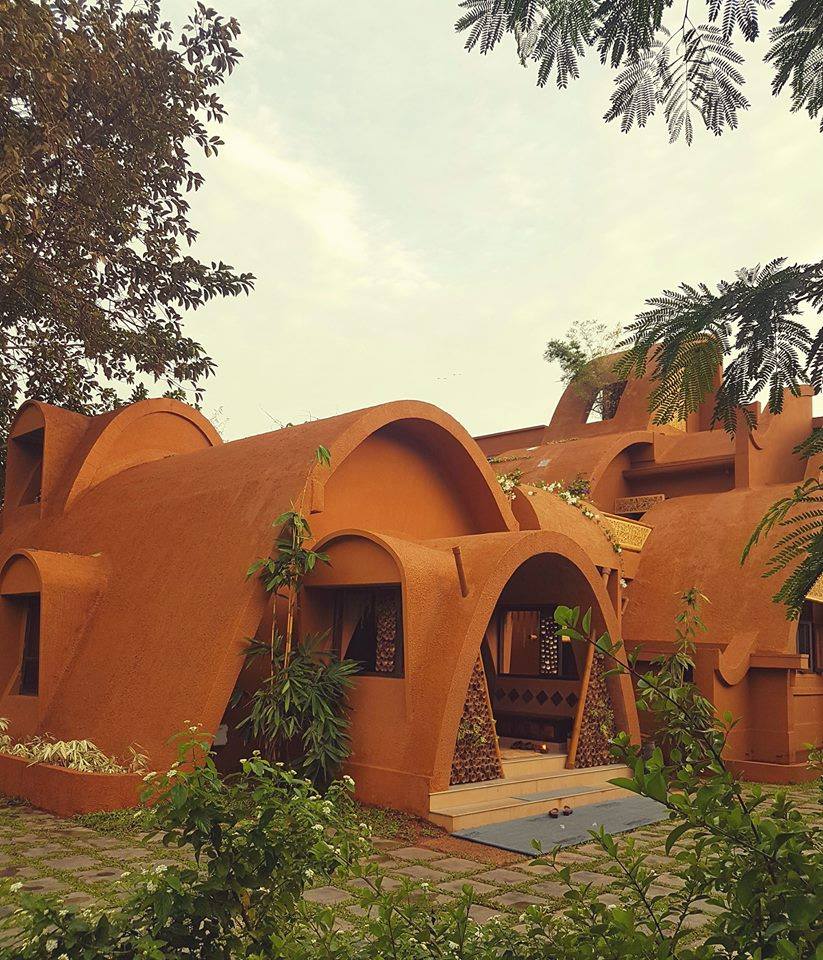
It took him 18 months to build it.
“When you build in mud and earth, it takes time because the structure is handcrafted. It’s a house that I built after 30 years of practice. I actually never wanted to build a house for myself, but my wife said ‘you’re getting old and you need to build your house’. The results have been very satisfying. I can feel the sheen and smoothness when I touch it,” he says.
Why Habitat Technology Group?
Architect Shankar grew up in a state, which had completely forgotten the legacy of vernacular architecture. With money flowing in through remittances from the Middle East, people were building what he calls ‘monstrosities’ that did not factor in their cultural heritage, local structural nuances and the environment.
“I believe in the goodness of indigenous architecture because they always belonged to the site and the people. Traditional architecture involves 1000 years of research and development. The legacy of residential architecture in Kerala is huge and it has developed some of the most profound styles. Looking at the physical, social and cultural climate, their concerns were so widespread and beautiful,” he says.
For him, these ‘monstrosities’ represented the proliferation of greed and power. After an uninspiring stint in Delhi, following university in the UK, he came to work for the Kerala government. However, he soon realised that they weren’t on the same page, and soon made a beeline for the voluntary sector.
“I wanted to build a people’s movement. The ordinary people of Kerala were looking for options beyond these ‘monstrosities’,” he says.
Starting out as a one-room one-person organisation in 1987, it was six-month wait before he was commissioned his first project, a small house for a bank clerk. However, the following years saw exponential growth. By 1990, he was doing 1,500 houses a year.
Today the non-profit has a core group of 400 architects, engineers and social workers with a support base of 35,000 trained workers and 34 regional offices spread all over India with project offices in Nigeria, Bangladesh and SriLanka, among others.
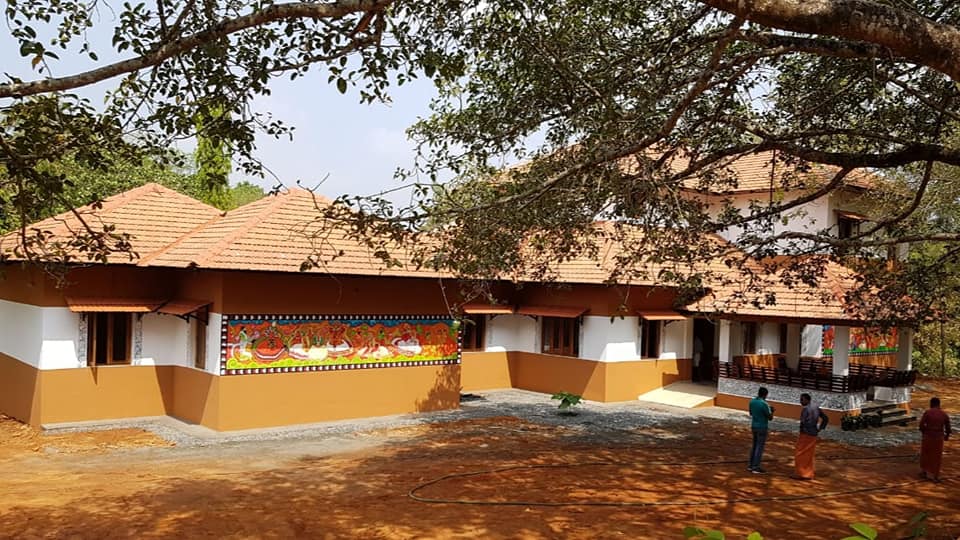
For over three decades, the Habitat Technology Group has worked with State agencies, other non-profits, corporations and local volunteers across multiple disaster-affected zones, helping people rebuild their homes abiding by his design principles.
From rehabilitating hundreds of families following the Bhopal Gas Tragedy to rebuilding homes following the Super Cyclone in Odisha in 1999 and Sri Lanka after the devastating Tsunami five years later, the Habitat Technology Group has done some remarkable work. In fact, with the aid of the German government in Sri Lanka, it rebuilt 95,000 homes, which is probably the largest rehabilitation project undertaken in the world.
However, following the devastating Kerala floods last year, the State government took the route of building prefabricated houses for those who had lost their homes. For Architect Shankar, this isn’t the right solution and believes a lot more can be done.
“They talked about prefab housing solutions for the poor. I said ‘no, we need to build people-centric homes’. The government of the day didn’t understand the language of sustainability. On my own, I’m tying up with multiple CSR initiatives, including Aster Homes, building up 1,000 homes for the homeless. In another two months, we are looking to build up another 500 homes. It’s almost been a year since the disaster, but we haven’t learnt from it. I’m a skeptic, but I also dare to dream for a sustainable future,” says Architect Shankar.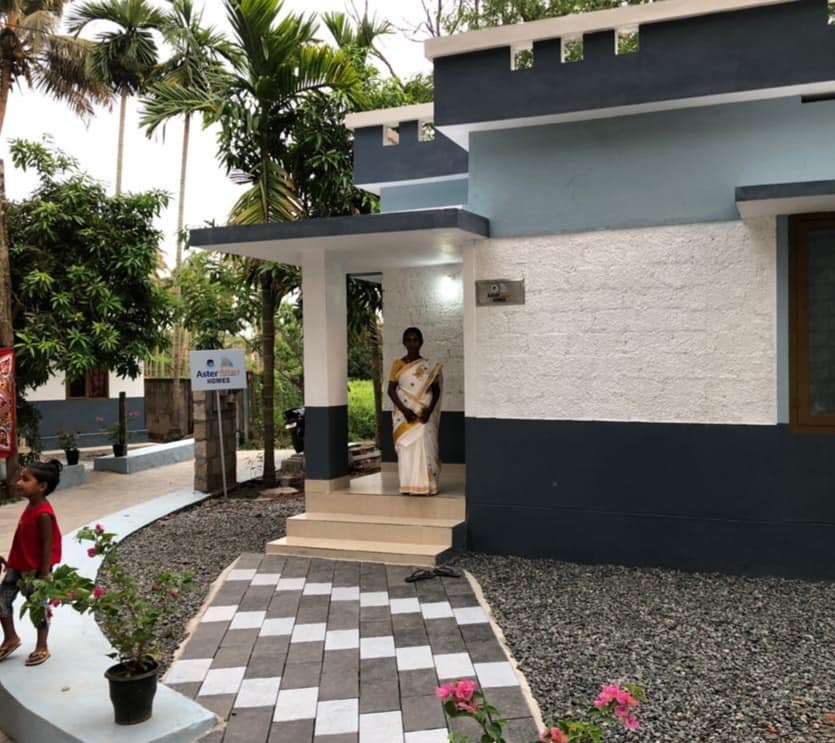
Besides, the group is also “in the forefront for building large hamlets and rehabilitation housing colonies for tribals, dalits and fishermen in Kerala, Tamil Nadu, Andhra Pradesh and Odisha”. With community participation as their mantra, it won the national award constituted by the Government of India for the slum upgradation works at Veli and Trivandrum as well.
Also Read: Pune Couple Builds Cement-Free Breathable Homes That Don’t Need ACs or Fans!
“We, the architects, are primarily responsible for climate change. This is because we are primarily responsible for the built up environment. In the last 30 years, we have been talking about sustainability. Unfortunately, we are not learning and the world is losing options. Everything we build from now onwards has to be eco-sensitive, energy efficient, cost efficient, people centered and value based. Otherwise we will lose the game,” he concludes.
(Edited by Saiqua Sultan)
Like this story? Or have something to share? Write to us: [email protected], or connect with us on Facebook and Twitter.
This story made me
- 97
- 121
- 89
- 167
Tell Us More
We bring stories straight from the heart of India, to inspire millions and create a wave of impact. Our positive movement is growing bigger everyday, and we would love for you to join it.
Please contribute whatever you can, every little penny helps our team in bringing you more stories that support dreams and spread hope.






